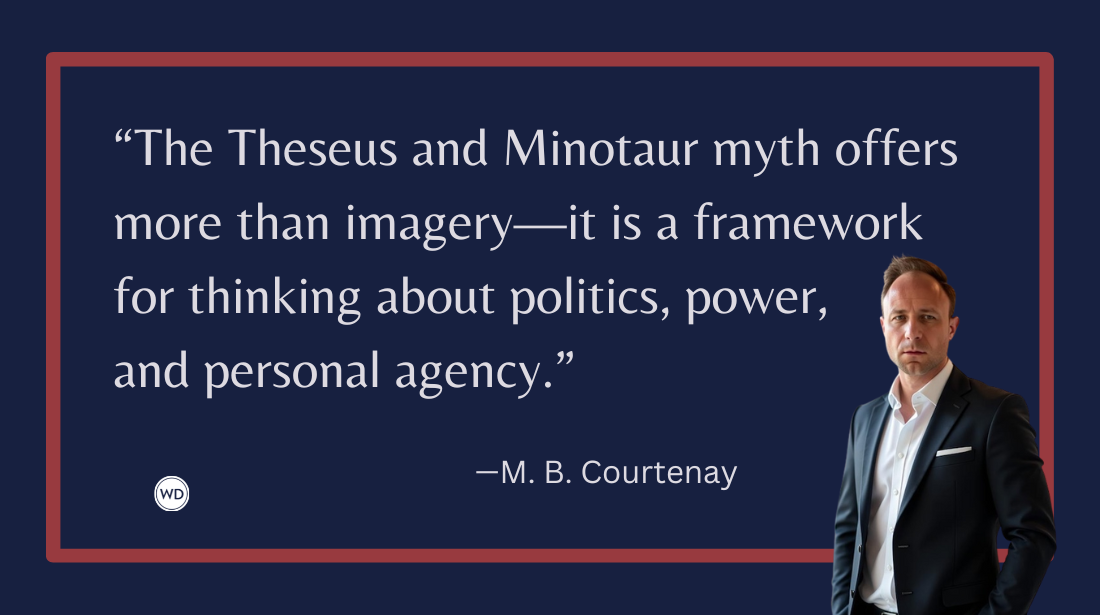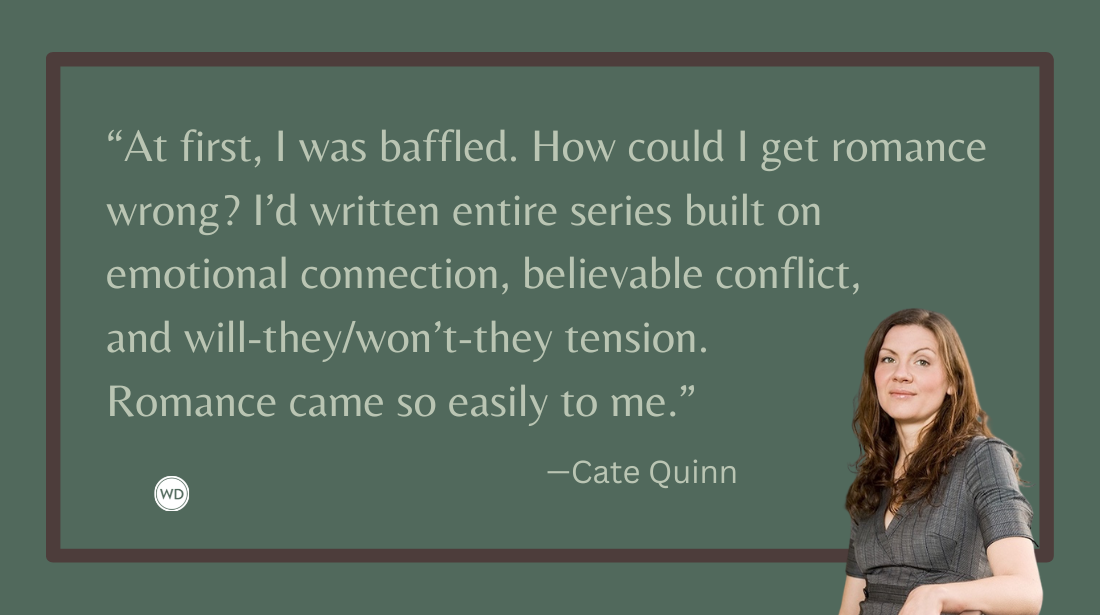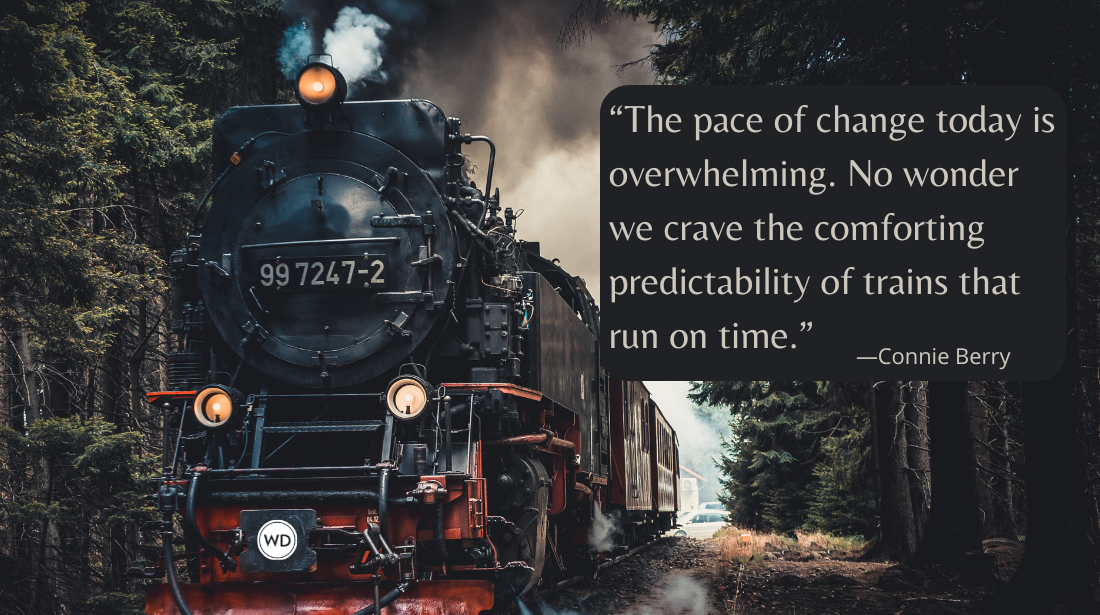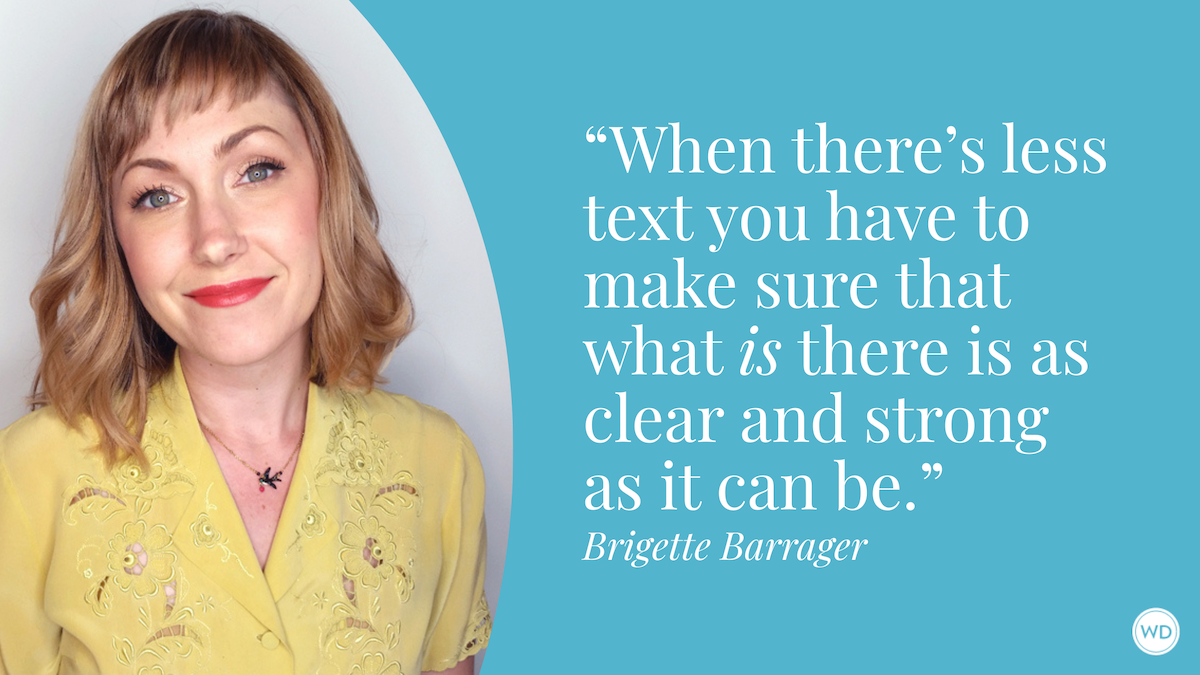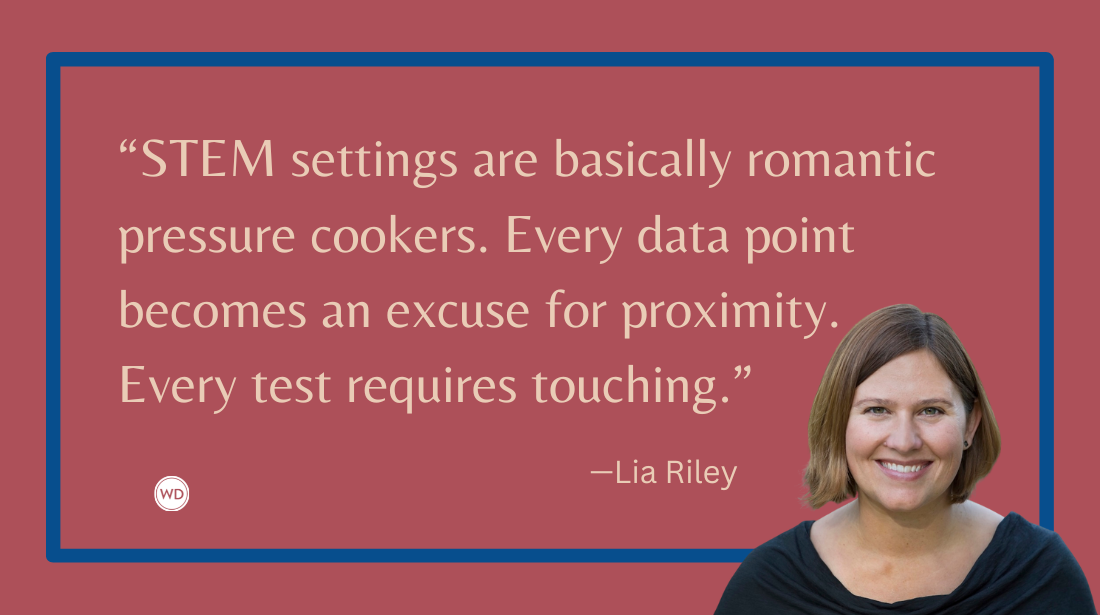Setting the Mood for Readers
You don’t build a world with a map—you build it with a mood. Author Jo Schulte breaks down setting the mood for readers.
Before characters speak or plot threads intertwine, before a reader knows the rules of a world or the stakes at hand, what greets them first—quietly, viscerally—is mood. Mood shapes tone, reinforces theme, and interacts with protagonists as deliberately as any villain or ally. It’s the foggy breath in the late autumn woods, the hum of neon lights in a dystopian alley, the salt tang in the air as a ship crests a storm-spined wave.
Mood isn’t just the flavor of a story—it’s the foundation of setting. Before readers know where they are, they need to know how to feel. That emotional tone becomes the lens through which they understand place. Setting isn’t a neutral canvas; it’s an invitation into a living, breathing world. A map might show where the towns are, but mood shows you how those towns feel. It’s where setting really begins.
Start with emotional tone
If you sit down and start describing trees, you’re going to end up with—guess what?—trees. But if you sit down and ask, “What do I want the reader to feel here?”, your descriptions will carry emotional weight. A clearing in the woods can be peaceful, ominous, ancient, or desolate—it all depends on the tone you choose.
In The Whisperwood Legacy, I wanted a setting that felt like nostalgia gone sour. The story unfolds in an abandoned amusement park in the Appalachian Mountains—a place meant to feel like memory: familiar, even comforting, but wrong in the way a dream curdles when you try to hold onto it. The rides aren’t beautifully decaying; they’re stubbornly refusing to collapse, clinging to the past like a bruise that won’t fade. That feeling—of something rotting just beneath the surface—is the emotional tone that shaped every detail.
Tip: Before writing a scene, ask yourself what emotional undercurrent should hum beneath the surface. Is this a place that soothes, unsettles, tempts, or traps? Jot down two or three feelings the setting should carry—not just what it looks like. Let that guide every detail.
Make the setting earn its keep
A strong setting doesn’t just look good—it works hard. It should reveal something about the characters, plot, or world. If it’s not doing at least one of those things, it’s just set dressing.
In The Whisperwood Legacy, the park is owned by the protagonist’s family. Every broken ride, every dusty booth, every desilvered mirror ties into the central mystery she’s unravelling. The setting isn’t just eerie; it’s personal. It matters to her, which means it matters to the reader.
Tip: Ask yourself, “Why this place? Why not somewhere else?” If the answer is “because it’s spooky,” dig deeper. Why this spooky place? What emotional or narrative connection does your protagonist have to it? Bonus points if it’s complicated.
Don’t just describe—immerse
A well-developed setting doesn’t just exist—it affects. To build one that resonates, you need more than a visual snapshot. The best settings reach into the body: They hum in your ears, cling to your skin, sit heavy in your lungs. They make readers feel something. That’s where sensory details come in—not as decoration, but as emotional cues.
We often talk about five senses, but there are more: temperature, balance, pressure, the sense of being watched. The goal isn’t to check off every sense—it’s to choose the ones that amplify the mood. A sticky floor can make a room feel oppressive. The sharp scent of antiseptic can make a hallway feel sterile and cruel. These choices turn static space into living atmosphere.
Tip: When developing a setting, ask which sensory detail best serves the emotional tone. Instead of listing what’s there, consider what your character notices and feels. A creaking stair might do more than a paragraph of visual description, particularly if it’s the only sound in a house that should be empty.
Let the setting evolve
Setting isn’t static. As your character changes, their relationship to the world around them should shift too. This emotional arc is one of the most powerful tools in storytelling.
At the beginning of The Whisperwood Legacy, the park is a decaying monument stuffed with history. Then it becomes a puzzle. By the end, it’s something else entirely. That change in how the protagonist sees her surroundings reflects her internal transformation.
Tip: Identify two or three key locations in your story. How does your protagonist feel about each one at the start? How does that evolve? Let the setting mirror or contradict their emotional arc.
Make it weird (positive)
The most memorable settings aren’t pristine or sweeping—they’re specific. They’re strange. They have a sense of lived-in oddity that makes them feel multidimensional. The best details are the ones that make a reader pause and think, wait, what?
In Whisperwood, I could have just created a park with aesthetic attractions, but instead every facet of the park is connected not just to fairy tales, but deeply personal histories. For example, the house on the park grounds isn’t just a home with vibes, it’s a clapboard mansion where the basement is off limits, the bedrooms are decorated and referred to by colors, and all the landlines have been ripped off the walls. These aren’t generic moody images—they’re eerie because they’re specific, and because that specificity matters to someone. Everything has history. Everything has a story.
Tip: Add one weird, memorable detail to every major setting. Make your world feel like it has secrets and history
Setting as an invitation
Ultimately, setting isn’t just where the story happens—it’s why the story feels the way it does. It anchors emotion, drives atmosphere, and creates the lens through which everything else is experienced. When you start with mood, you’re not just sketching a backdrop; you’re inviting the reader into a world with its own weather, weight, and wonder.
So set the scene like you mean it. Choose a mood that distorts the light into the temperature of your choosing. Build a place that does more than exist—make it ache, thrill, hum, lure, swoon, or unsettle. Turn a setting into its own story.
Check out Jo Schulte's The Whisperwood Legacy here:
(WD uses affiliate links)




